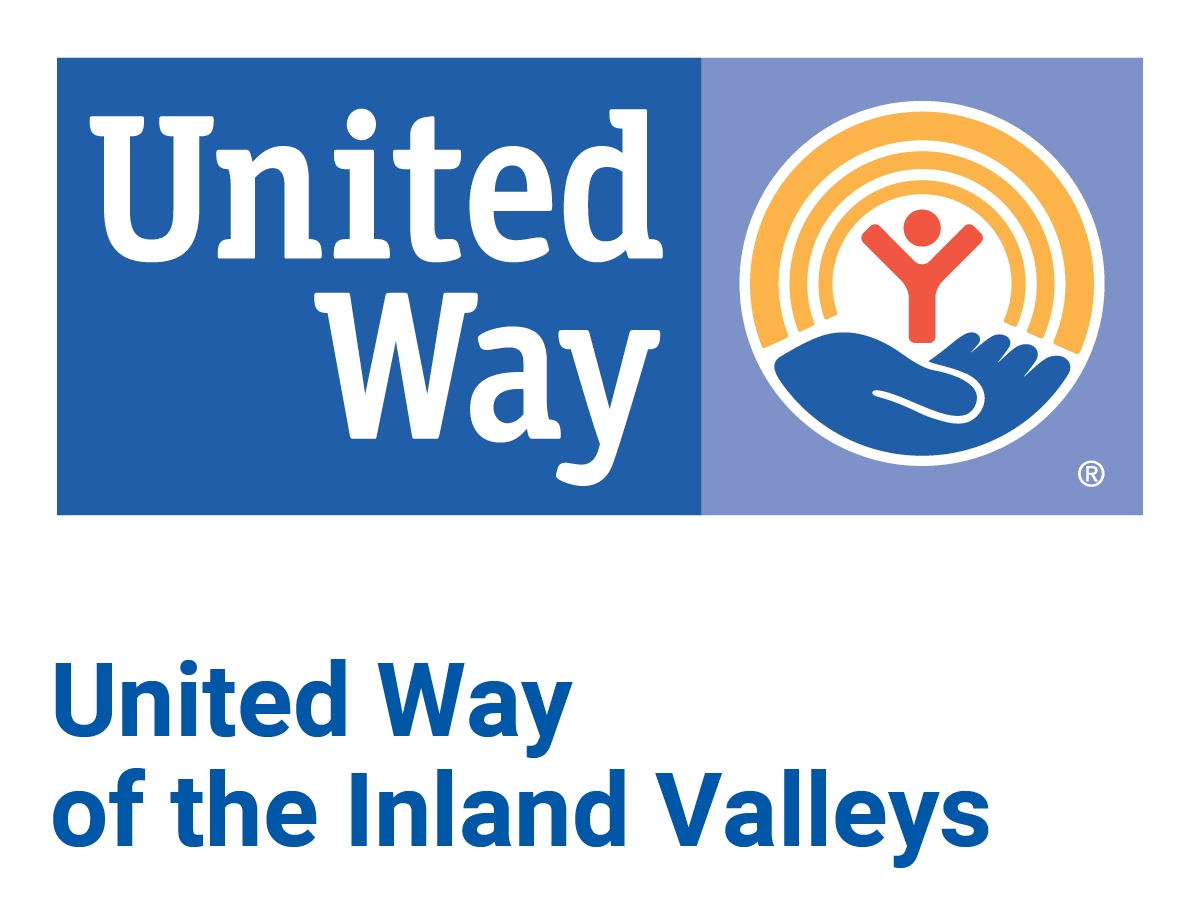Tobacco-Use Prevention Education Program Rural Initiative Center Grant
Information
Purpose:
The purpose of this RFA is to counter tobacco trends by developing up to two Rural Initiative Centers to increase student access to tobacco-use prevention education services in underserved rural areas. The CDE is soliciting proposals to operate these new centers from county offices of education that can demonstrate extensive experience operating high-performing rural TUPE programs.
Description:
In the 2023 California Youth Tobacco Survey (CYTS), 5.6 percent of high school students reported ever having smoked a cigarette, but more than three times as many, 18.3 percent, had vaped. More than one in five, 21.6 percent, had used any form of tobacco. Current use rates (i.e., rates of use within the past 30 days) were 1.2 percent for cigarettes, 5.9 percent for vapes, and 7.3 percent for any form of tobacco. More than a quarter of them, 27.2 percent, used two or more tobacco products.
Marijuana use among California youth is also a major concern. Like tobacco, marijuana is addictive and can interfere with brain development, leading to difficulties with paying attention, thinking, and problem-solving. It can cause problems with young people’s social lives and has been linked to mental health problems such as depression and anxiety. Unfortunately, youth use rates in California are even higher for marijuana than for tobacco. In the 2023 CYTS, 23.0 percent of high school students had ever used marijuana, while 10.4 percent were current users and 4.9 percent co-used marijuana and tobacco. Considering twelfth graders only, 28.9 percent had ever used marijuana, 14.0 percent were current users, and 6.4 percent co-used marijuana and tobacco. Co-use is driven in part by vaping devices that can be used with either substance.
There are clear disparities in tobacco use by rurality in California. According to the 2023 CYTS, 1.1 percent of students in urban schools reported current cigarette use, 5.7 percent used vapes, and 6.9 percent used any form of tobacco, whereas in rural schools, 1.9 percent of students reported current cigarette use, 8.0 percent used vapes, and 9.6 percent used any form of tobacco. For every type of tobacco product, including smokeless tobacco, cigars, little cigars/cigarillos, hookah, heated tobacco products, and nicotine pouches, current use rates were higher for rural students than for urban students. Exacerbating these disparities, rural schools are less likely than urban schools to participate in the TUPE Program and if they do, are less likely to do so at a level that funds comprehensive student services.
The purpose of this RFA is to counter these trends by developing up to two Rural Initiative Centers to increase student access to tobacco-use prevention education services in underserved rural areas. The CDE is soliciting proposals to operate these new centers from county offices of education that can demonstrate extensive experience operating high-performing rural TUPE programs. Having defined the region(s) to be served by their centers and demonstrated their capacity to increase rural student access to TUPE services, successful applicants will work with the CDE to develop, implement, promote, and evaluate new program offerings. These new offerings will include: (1) subawards for local champions willing to undertake TUPE work in rural school districts that currently receive no TUPE funding, and (2) opportunities for mentorship and information exchange for TUPE leads at all levels in the region(s) served by the centers. In these ways the Rural Initiative Centers will help to address tobacco-related disparities experienced by rural youth.

